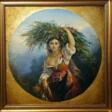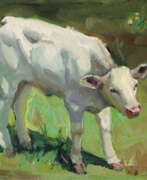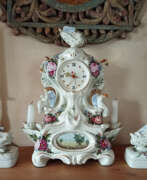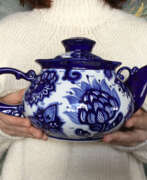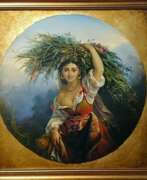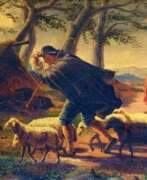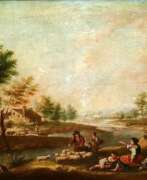Pastoral
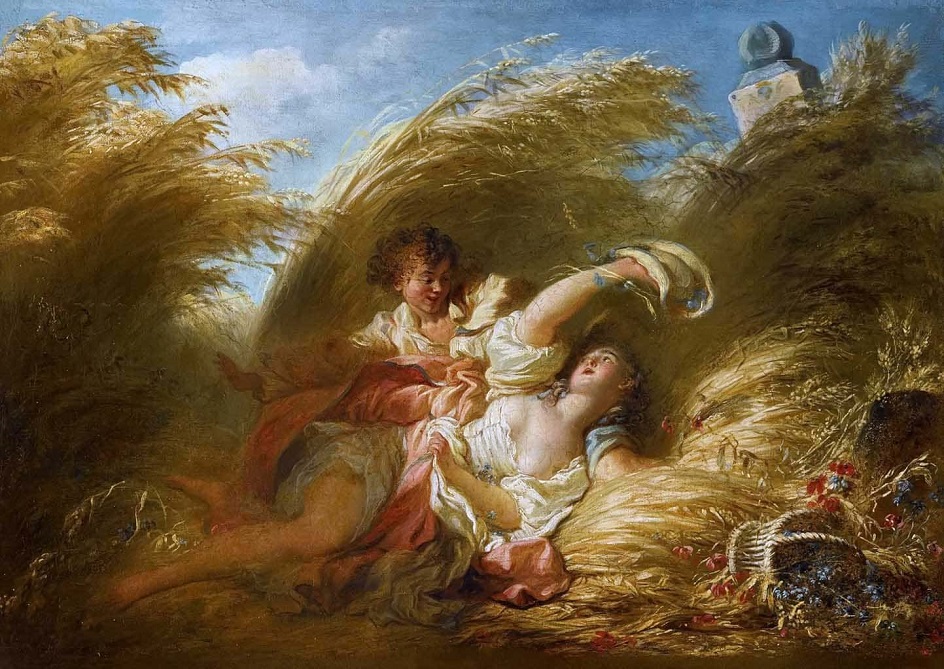
Pastoral
Pastoral art, a genre that has captured the tranquil beauty of the countryside for centuries, is an art form that focuses on rural life and landscapes. With roots in ancient Greece and Rome, pastoral art often romanticizes the simplicity of shepherd life, depicting lush meadows, rolling hills, and serene waterways. These works typically feature shepherds and shepherdesses amidst pastoral settings, symbolizing an idealized, peaceful existence away from the complexities of urban life.
The pastoral genre flourished during the Renaissance, with artists like Claude Lorrain and Nicolas Poussin creating landscapes that conveyed philosophical and moral themes. In the 18th and 19th centuries, pastoral art evolved with artists like Thomas Gainsborough and Jean-Baptiste Camille Corot, who rendered accessible and aesthetically pleasing rural scenes. These works often celebrated humanity’s dominion over nature, portraying pastoral landscapes as sources of sustenance, beauty, and safety.
In theater, pastoral themes explore love, loss, and longing set against rural backdrops, often highlighting a yearning for the simplicity of countryside life. Shakespeare's "The Winter's Tale" and "As You Like It" are prime examples of pastoral theater, where the countryside serves as a refuge for characters to find peace and self-discovery.
In modern times, pastoral art continues to be relevant, finding expression in various mediums. Contemporary artists draw inspiration from pastoral themes to comment on current issues like urbanization and environmentalism. This enduring appeal of pastoral art lies in its ability to evoke tranquility and nostalgia for a simpler, more harmonious way of living.
For those enchanted by the rustic charm and peacefulness of pastoral scenes, staying abreast of contemporary interpretations and classic masterpieces in this genre is enriching. Sign up for updates and join a community that appreciates the timeless beauty and tranquility of pastoral art.
| Country: | Europe, North America, Russian Empire |
|---|---|
| Start of the period: | XV century |
| End of the period: | XIX century |
